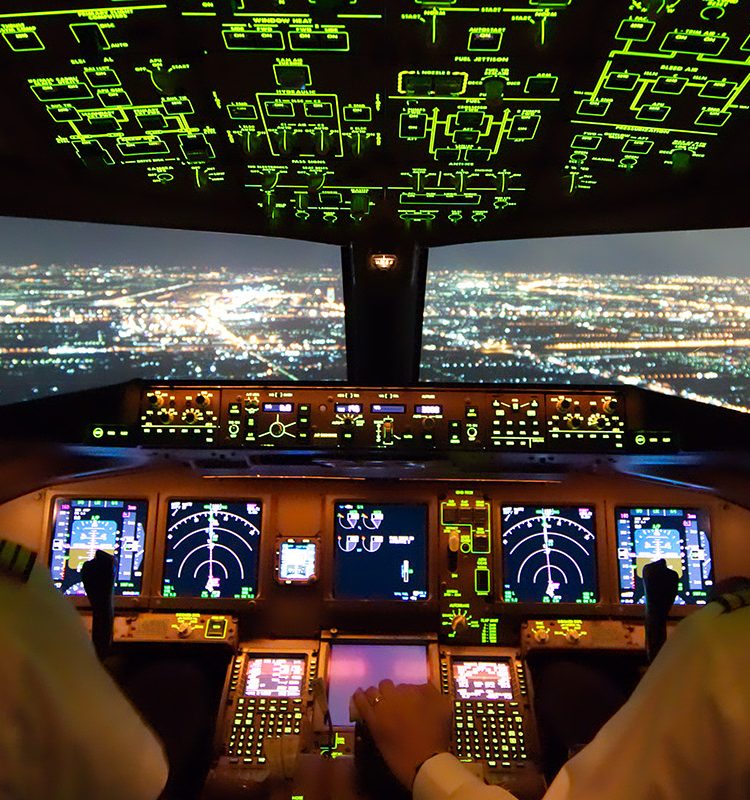EN


Nearly everyone has had some experience with airline travel. Yet global demand for commercial airline pilots will likely be twice as high in just 20 years. (Source: Forbes) Training centers will need to prepare for a massive recruitment of pilots, which means that pilot training systems must improve their training effectiveness, especially when it comes to performance. The reality today is that inadequate monitoring of critical parameters by pilots is a factor in 48% of accidents and incidents in commercial aviation.
Pilot training eye tracking technology, used along with simulator training, could identify problems with pilots’ instrument scans and help them correct their techniques for future flights. Not only will pilot training benefit from technology that lets instructors track the gaze of the pilot in real time, but the data can also be analyzed after the simulation session. Together with the instructor, the pilot can increase their awareness of monitoring behaviors they might never have noticed on their own.
The main technology used is the Smart Eye Pro, a small yet extremely effective device. The Smart Eye Pro is scalable from 2 up to 8 cameras allowing 360-degree head and eye tracking.
For the aviation use case specifically, our object detection includes analyzing the movement and rotation of a pilot’s head, eyelids, and pupil size measurements. These are all calculated and analyzed to simultaneously give conclusions regarding the condition of the pilot. The insight tells the trainer if the pilot is flying optimally, or if they are struggling due to potential distraction or drowsiness.
Smart Eye’s eye tracking technology has been used in the automotive industry for over 20 years, but has been relatively new to the aviation industry, debuting a little over 10 years ago. The technology is used in two crucial ways: research and practical applications. Many universities and major aircraft manufacturers are using the Smart Eye technology as a leading tool in their research to ensure aviation safety and strengthen aviation training. One example is the Naval Medical Research Unit in San Antonio, Texas, which has created a spinning cockpit flight simulator to study airspace medical effects and disorientation among pilots. (You can read more about the case here).
One of the biggest challenges aviation engineers have faced with eye tracking technology is varying light exposure in the cockpit. Due to the duration of long, multi-hour flights, it may be extremely bright or dark in the cockpit. This challenge can make the tech unable to produce data that is not as accurate as the data collected in ideal light. But our engineers are hopeful that through more and more research, the technology will eventually be able to account for these changes over time by collecting pilot data (with their permission, of course.)
Another challenge of eye tracking technology in the aviation industry is the misconception that data from different simulations are stored. This is not true and in fact, the data from each simulation is analyzed and displayed immediately.
Trust is in the foundation of any relationship. It takes an immense amount of trust, built up over decades, for a person to get into an aircraft that they have no control over. But this trust is built on the knowing fact that in order for a pilot to get their certification in aviation, they must go through years of extensive training. Smart Eye’s eye tracking technology has contributed significantly to the advancement of aviation training and research, and we hope to continuously improve the safety of both the aviation and automotive travel industry in the years to come.
